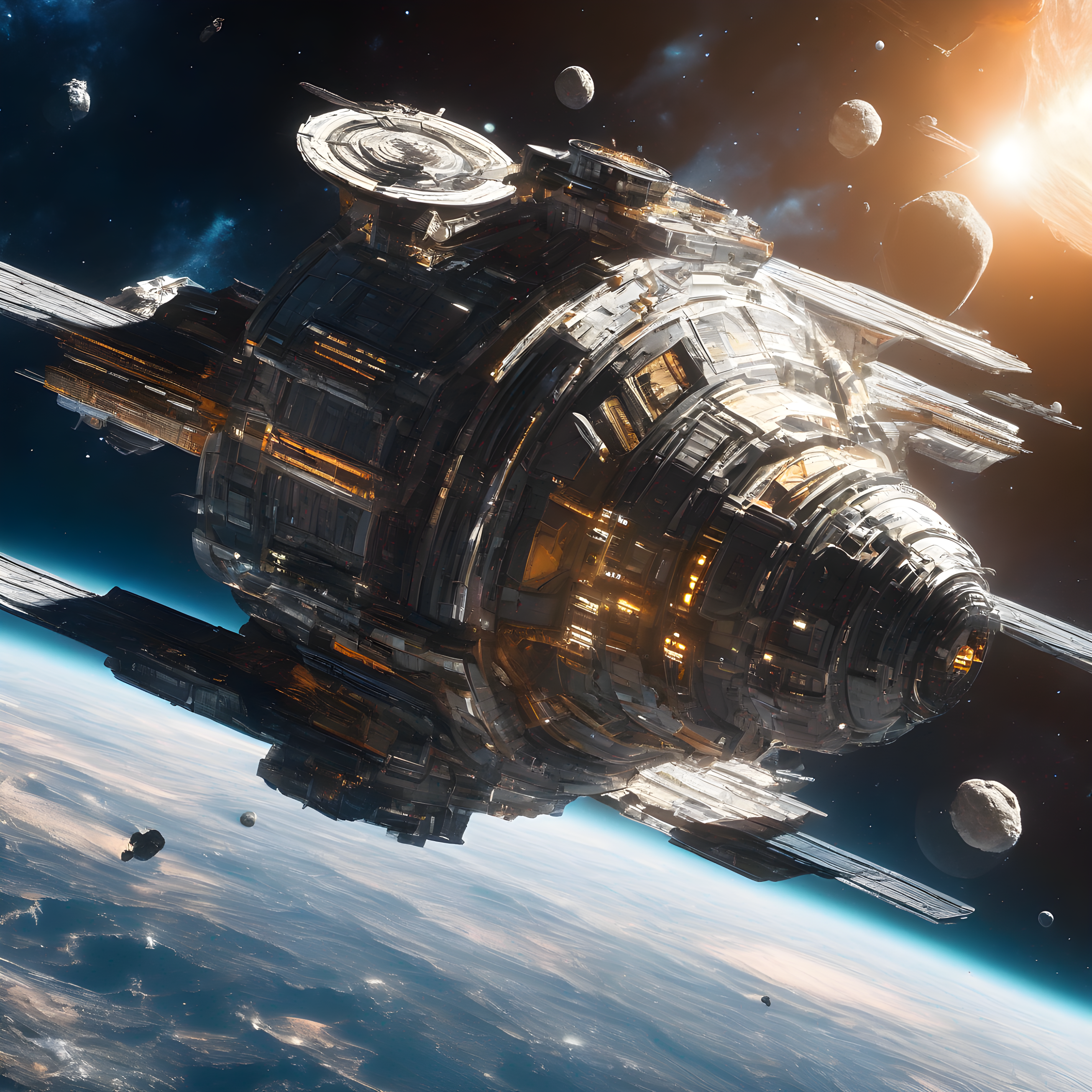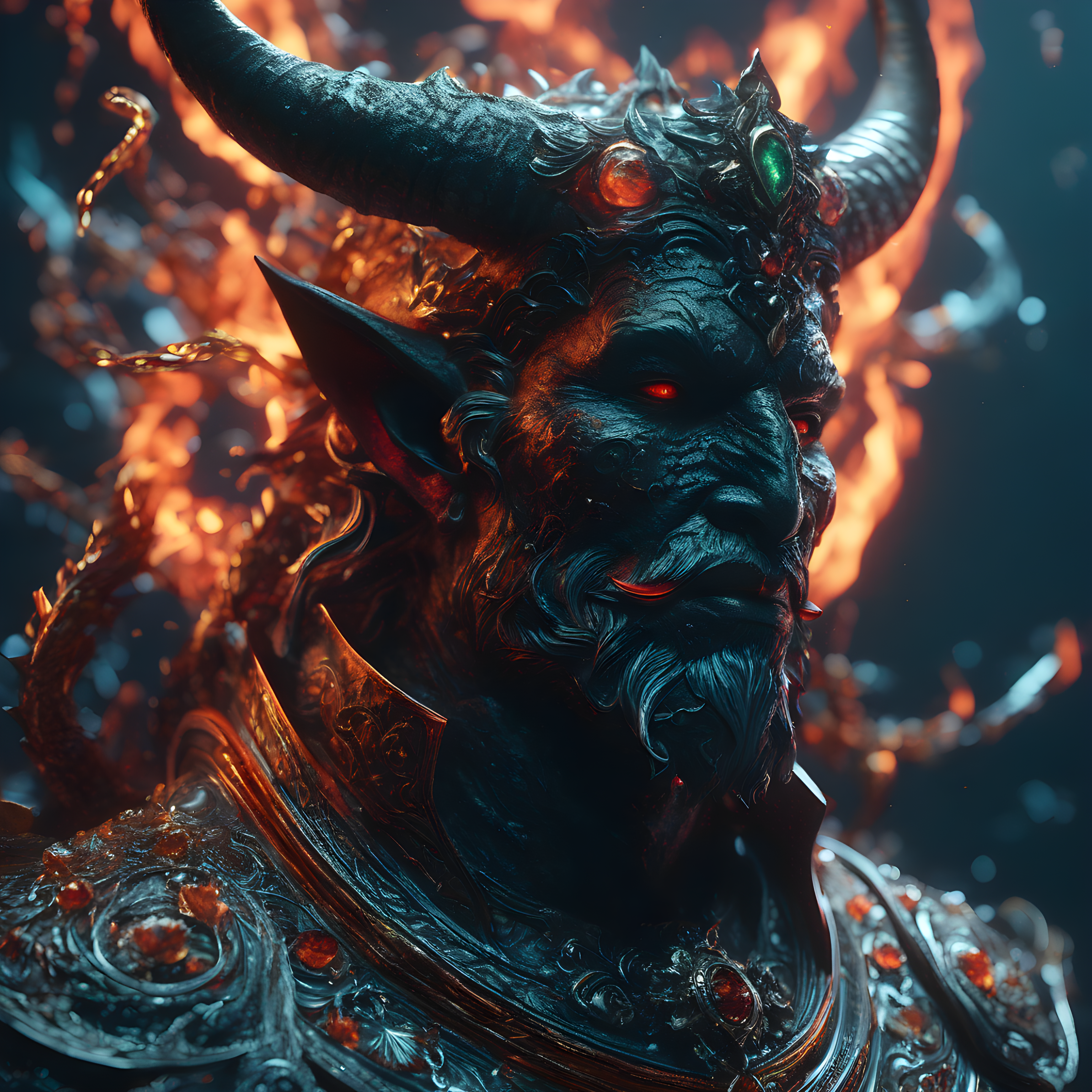Lorenzomarines
Models by this creator

astra

1
astra is a powerful AI model like Midjourney v6 and DALL-E 3, but it is open and decentralized. It is maintained by lorenzomarines. astra can be compared to similar models like stable-diffusion, sdxl, lora, sdxl-lora-customize-model, and openjourney, all of which are text-to-image generation models. Model inputs and outputs astra takes a variety of inputs, including a prompt, an optional input image, a mask, and various parameters to control the output. The model can generate multiple images based on the input prompt and other settings. Inputs Prompt**: The text prompt that describes the desired image. Image**: An optional input image for use in img2img or inpaint mode. Mask**: A mask image that specifies the areas to be inpainted. Seed**: A random seed value to control the output. Width/Height**: The desired dimensions of the output image. Scheduler**: The scheduler algorithm to use for image generation. Guidance Scale**: The scale for the classifier-free guidance. Num Inference Steps**: The number of denoising steps to perform. Outputs Image**: The generated image(s) in the requested size and format. Capabilities astra is a powerful text-to-image generation model that can create a wide variety of images based on the input prompt. It can generate photorealistic images, stylized artwork, and imaginative scenes. The model is capable of performing tasks like inpainting, where it can fill in missing or damaged areas of an image. What can I use it for? astra can be used for a variety of creative and practical applications, such as generating concept art, illustrations, and product visualizations. The model's decentralized and open nature make it accessible to a wide range of users, including artists, designers, and hobbyists. With its impressive capabilities, astra can be a valuable tool for anyone looking to create unique and engaging visual content. Things to try With astra, you can experiment with different prompts, input images, and model parameters to see how they affect the output. Try generating images with a wide range of styles and subject matter, and see how the model handles different types of requests. You can also explore the model's inpainting capabilities by providing input images with missing or damaged areas and seeing how astra fills them in.
Updated 10/4/2024

d-journey

1
d-journey is a text-to-image generation model by lorenzomarines that aims to provide an open and decentralized alternative to models like Midjourney v6 and DALL-E 3. It is similar in capabilities to models like astra, stable-diffusion, openjourney, and openjourney-v4. Model inputs and outputs d-journey is a text-to-image generation model that takes in a prompt and various parameters to control the output image. The inputs include the prompt, image size, number of outputs, guidance scale, and more. The model outputs an array of image URLs that can be used in downstream applications. Inputs Prompt**: The text prompt describing the image to generate Negative Prompt**: An optional prompt to exclude certain elements from the generated image Image**: An optional input image for inpainting or image-to-image generation Mask**: An optional input mask for inpainting, where black areas will be preserved and white areas will be inpainted Width/Height**: The desired dimensions of the output image Num Outputs**: The number of images to generate Guidance Scale**: The scale for classifier-free guidance Num Inference Steps**: The number of denoising steps to take Outputs Image URLs**: An array of URLs pointing to the generated images Capabilities d-journey is capable of generating high-quality, photorealistic images from text prompts, similar to Midjourney v6 and DALL-E 3. It can also perform inpainting tasks, where the model can fill in missing or specified areas of an image based on the provided prompt and mask. What can I use it for? d-journey can be used for a variety of visual content creation tasks, such as generating images for marketing materials, illustrations for articles, or concept art for game and film development. Its open and decentralized nature makes it an interesting alternative to proprietary models for those seeking more control and transparency in their image generation workflow. Things to try Try experimenting with different prompts, prompt strengths, and guidance scales to see how they affect the output. You can also try using the inpainting capabilities by providing an input image and mask to see how the model fills in the missing areas. Consider exploring the use of LoRA (Low-Rank Adaptation) to further fine-tune the model for your specific needs.
Updated 10/4/2024